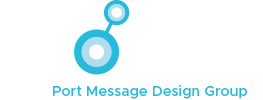![]()
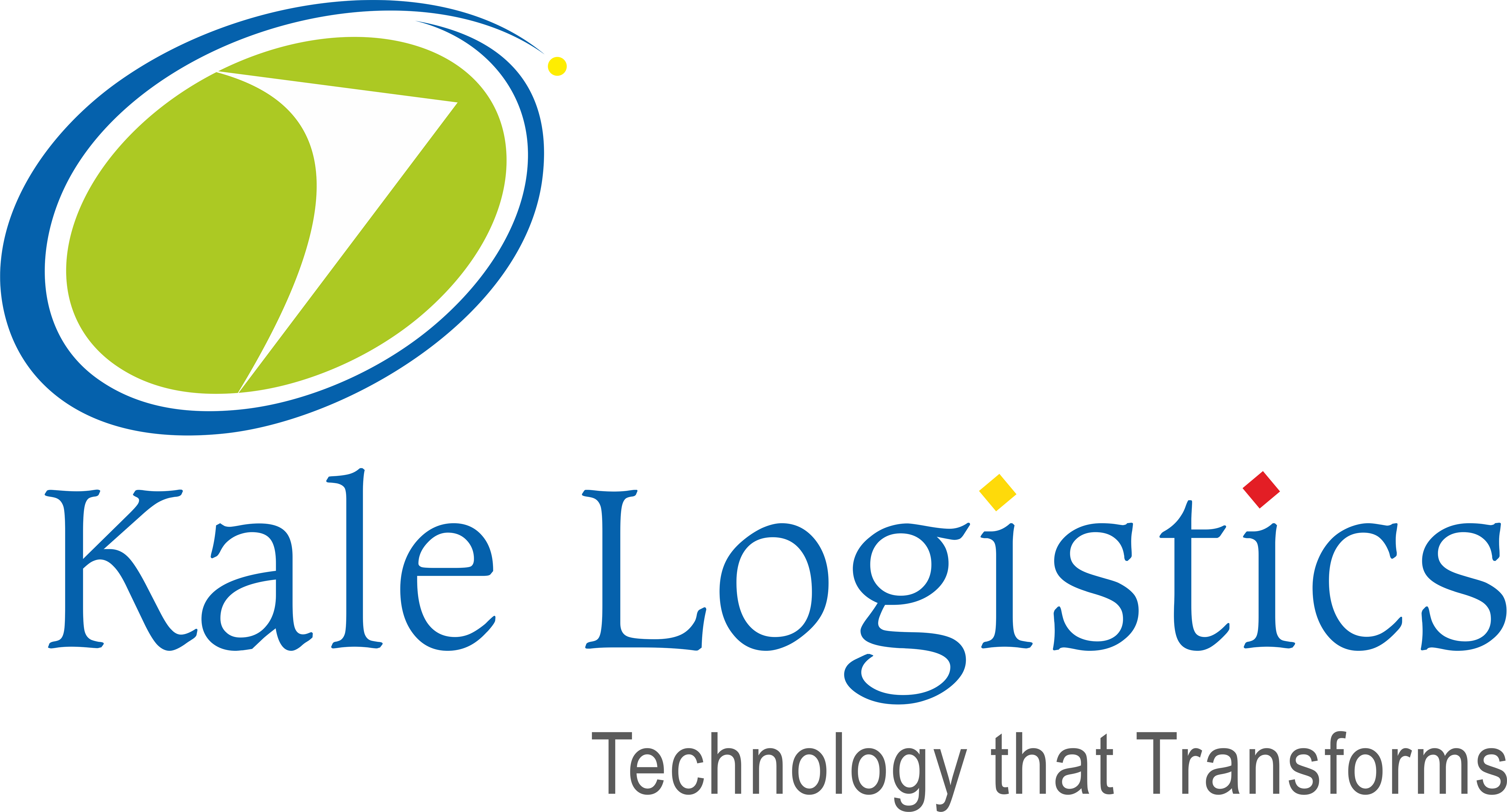
Taking the broad perspective: Kale Logistics
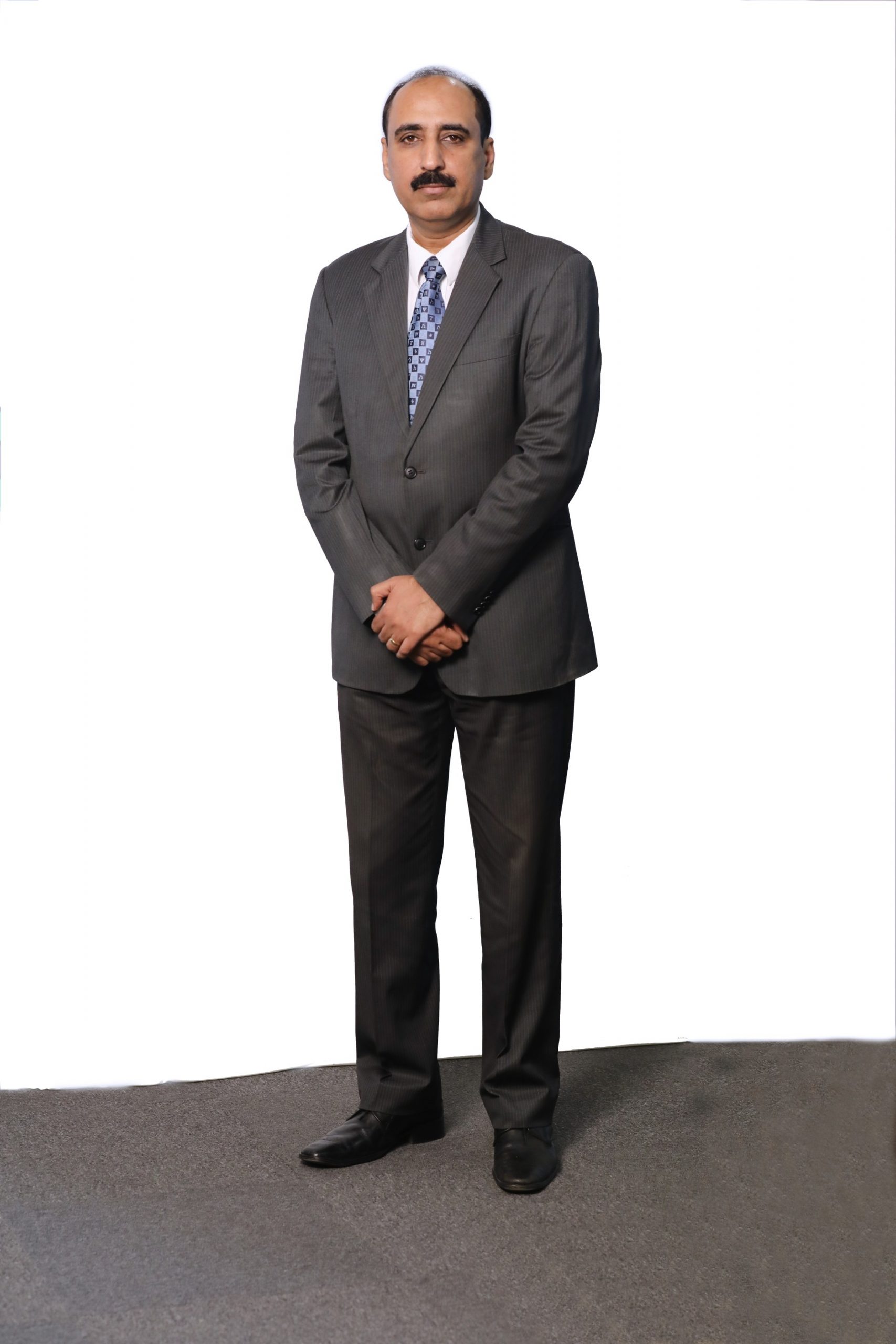 Connectivity and collaboration are key to a true ‘community’ system: that’s the basis on which India’s Kale Logistics operates.
Connectivity and collaboration are key to a true ‘community’ system: that’s the basis on which India’s Kale Logistics operates.
“Our analysis shows that while 20% of stakeholders are responsible for 80% of the transactions through a Port Community System, it’s important to remember that 80% will be much smaller, accounting for 20% of transactions. And if you don’t bring in the smaller ones, you are really not a community,” says Vineet Malhotra, director at Kale Logistics.
“Large stakeholders in a PCS will have all the IT connectivity they need. But smaller stakeholders – agents, importers, truckers, warehouse operators –often don’t have that ability. Bearing in mind these smaller ‘have nots’, our system design ensures they can participate in any manner possible without altering anything they are doing currently. Secondly, wherever possible we provide them with the Apps which essentially automate their own operations.”
Options provided by Kale Logistics include access via a portal and connectivity via standard connectors with minimal changes to the user’s system. But it’s the third option for smaller users which is fascinating.
“We realise that a lot of these companies are either not capable or not interested in any of the options mentioned. Essentially, they are creating a couple of documents and exchanging them with several people, such as Customs,” says Vineet. “Our system allows for that same document to be uploaded on to our portal like an attached PDF; we use a combination of OCR and machine learning to extract the information from the document and put that into the PCS. We process 1,500 documents a day in this way and it is a big hit with a lot of people – helping smaller operators who might otherwise feel daunted.”
Kale Logistics takes a broad approach in terms of the range of services it provides. “We have taken the UN Recommendation 33 for Trade Facilitation and ‘redrawn’ it to look at the basic building blocks of the supply chain,” says Vineet. “That means Customs management system; regulatory supply chain; air and sea port community, and free zones; marketplace – insurance, freight forwarding, etc.; and cross border, including our involvement in IPCSA’s Network of Trusted Networks (NoTN).
“We are not just about PCS – there are so many other elements. For example, when you bring in the elements of the marketplace and movements of goods cross-border, there are so many steps to consider before the goods are even handed over – price discovery, capacity discovery, traceability, etc. Free zones are often forgotten – but they are usually next to the port or airport and require a high level of synergy. Lastly, how do you make sure you are communicating with the next port or airport – for example, between two Customs authorities? We have all of these solutions coming together as building blocks.”
As he says, the definition of a PCS is very broad, and everyone has a different take on it. Kale Logistics even includes an Enterprise Single Window for importers and exporters. Vineet takes the spider’s web analogy and explains that Kale is looking to connect stakeholders around the circumference of the web and beyond, as well as via the hub and spoke concept. He believes that all PCSs, as neutral platforms, will be able to offer a whole lot of added value services in the coming years.
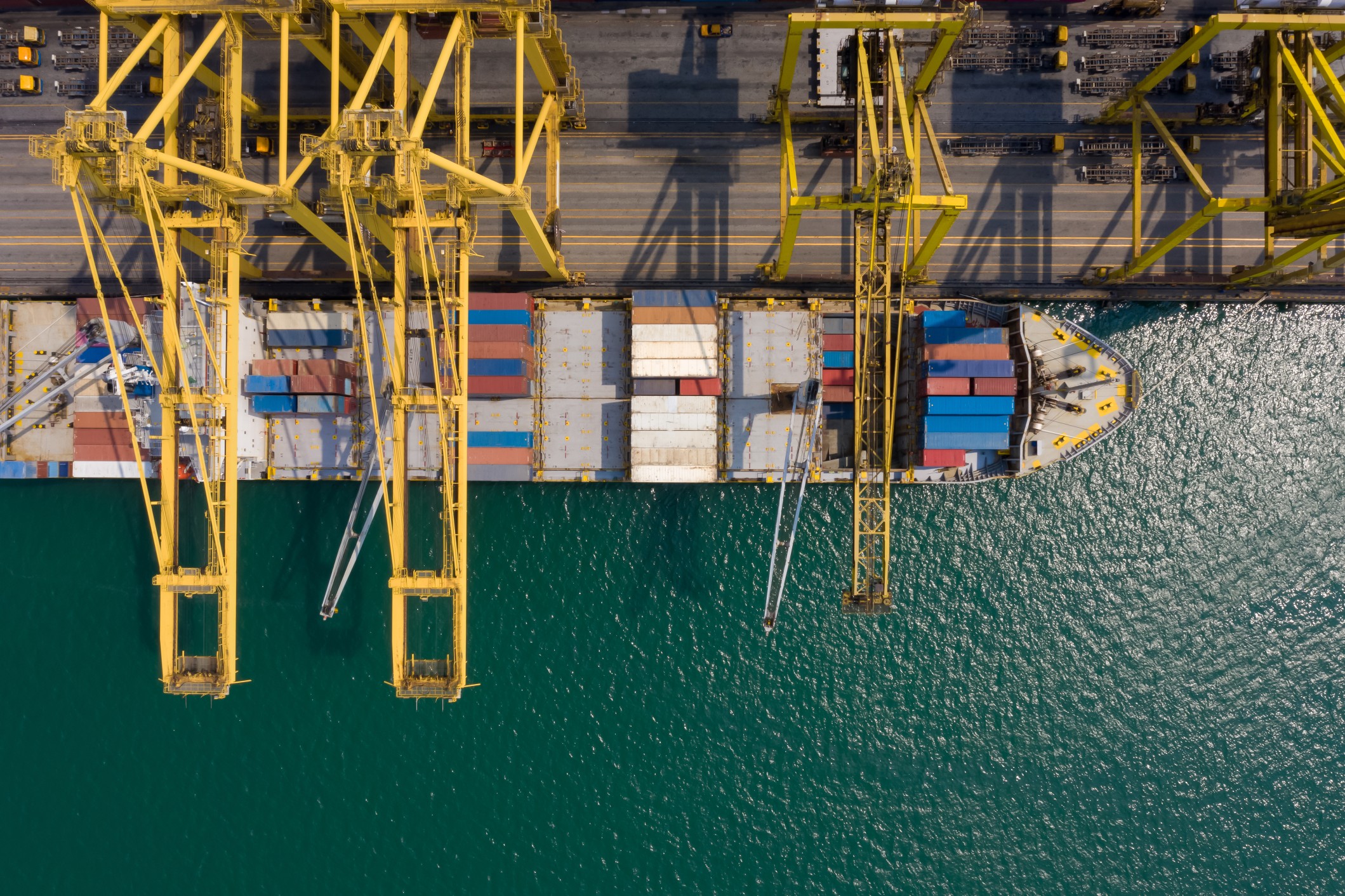
Being a commercial operator, Kale has a different model to traditional stakeholder-owned PCSs. When working with a new port or airport, it carries out analysis of ‘before’ and ‘after’ scenarios, monetising all impacts to deliver a predicted ROI. “The airport or port does not need to invest anything as capex in our product. We bring in the platform and IT infrastructure required, we implement the system and maintain and upgrade it. The airport or port provides operational expenditure, promoting the system and providing the people and resources to support its panning out well.”
Kale quantifies what will be saved per shipment through the use of its platform, and then works out a proportion to be paid as a fee by stakeholders using the system.
“From our perspective, we are streamlining cross-border trade through our digital community platforms, and that includes connecting to India’s national trade platform. From our customers’ perspective, we are looking at the PCS/ACS to be an enabler – allowing different stakeholders to engage with each other as well as with the port, i.e. peer-to-peer connectivity,” says Vineet.
It is, he concludes, all a question of perspective. “That means considering the perspectives of the consumer, the small guy, the large companies, the regulatory authorities, the maritime and land sides. They all have different views. How do you bring them all together and get them into an integrated supply chain? One a scale of one to ten, our journey is at five or six. There is still much to be done!”
DOWNLOAD FULL ARTICLE
To find out more about the Kale Logistics
 Rajni.Patwardhan@kalelogistics.com
Rajni.Patwardhan@kalelogistics.com
Marketing, Kale Logistics
Rajni.Patwardhan@kalelogistics.com
To find out more about the IPCSA, Port Community Systems, Single Windows or membership of the Association
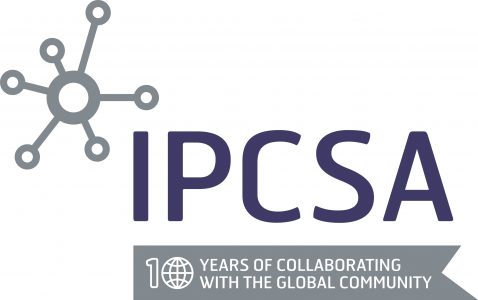 International Port Community Systems Association
International Port Community Systems Association
Richard Morton, Secretary General
Richard.morton@ipcsa.international
https://notn.ipcsa.international
To view the original IPCSA article in the Port Technology International Journal please go to:



